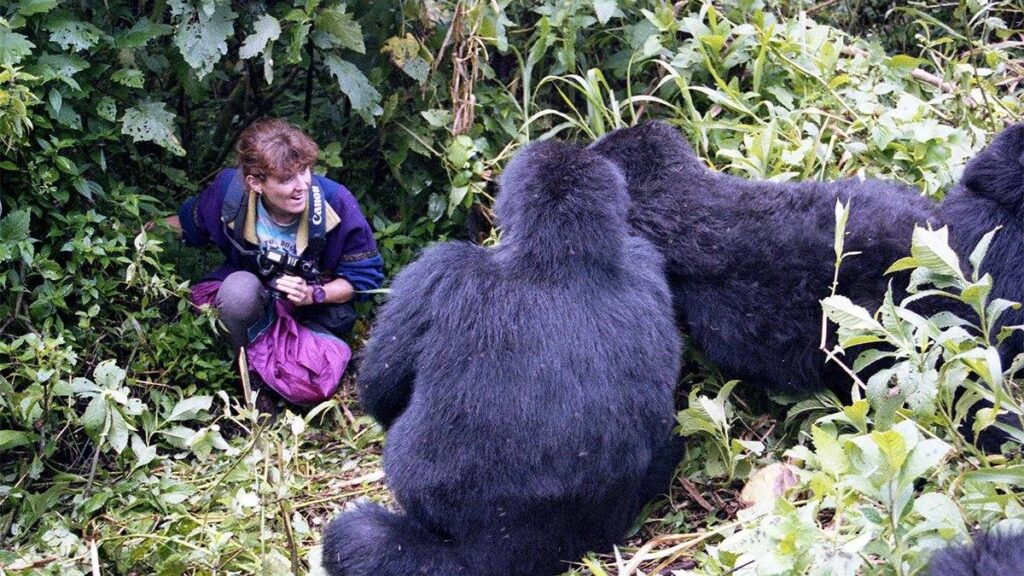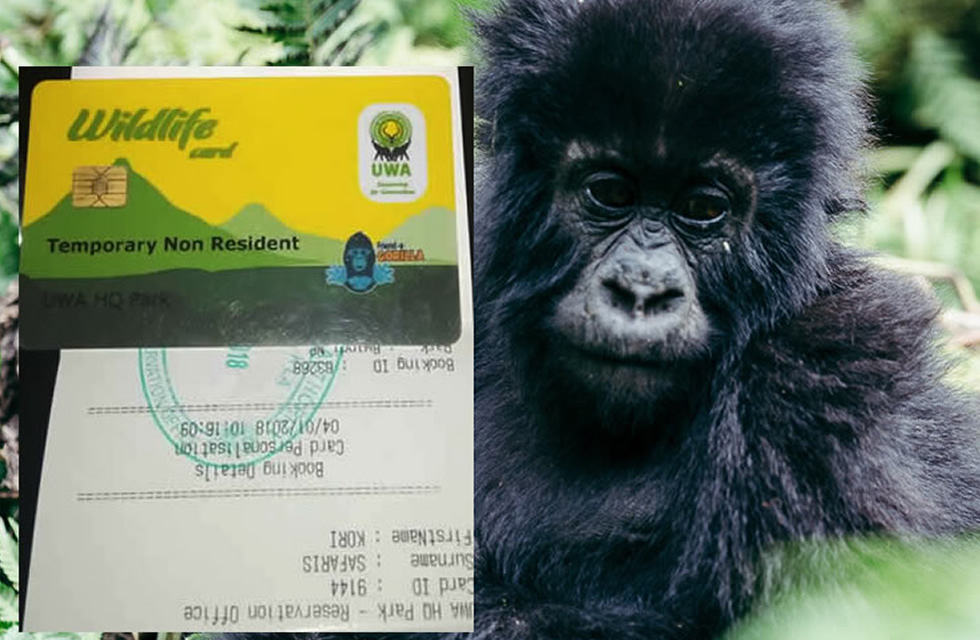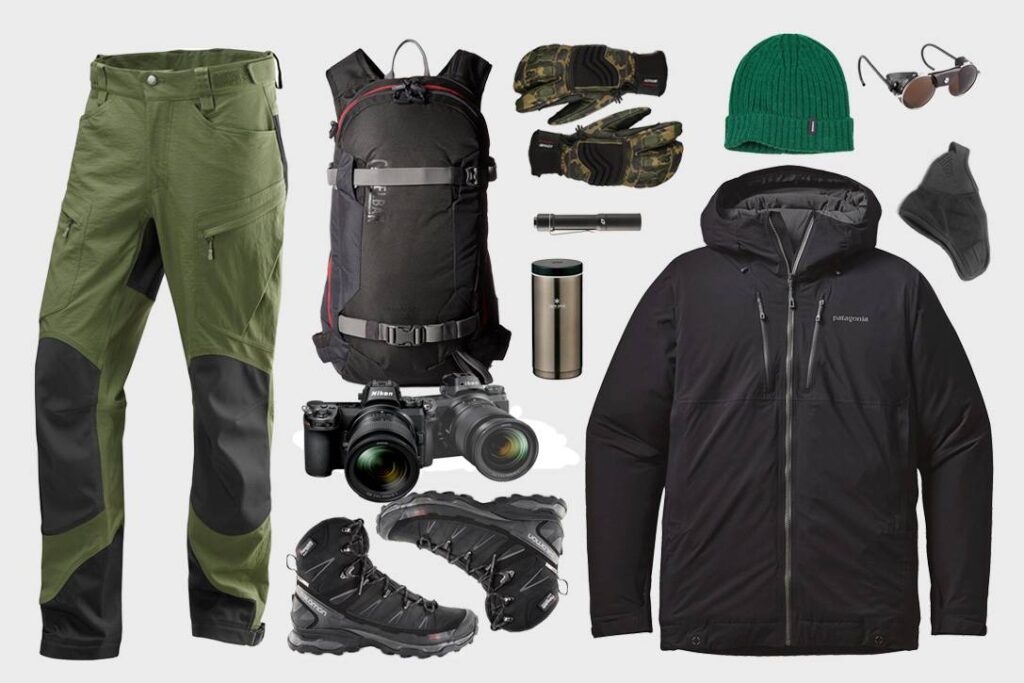How Long Does Gorilla Trekking Take In Bwindi, Volcanoes And Virunga N.P
How long does it take to go gorilla trekking in the national parks of Bwindi, Virunga, and Volcanoes?: One common query from many tourists hoping to trek with the mountain gorillas in Africa is “how long does gorilla trekking take?” An amazing and thrilling experience is gorilla trekking in Africa. One of the most well-liked tourist destinations in Africa is gorilla trekking. Many people travel to Africa to follow gorillas and spend time with these magnificent animals because it is a truly unique and humbling experience to trek with mountain gorillas.

In the captivating monkey sport of gorilla trekking, participants trek through dense forest undergrowth in search of gorillas or a particular gorilla family or group. Finding recently constructed gorilla nests, as well as following fresh gorilla footprints and excrement, are all part of the gorilla trekking experience. All of this helps you as the hiker to recognize, or rather locate, a gorilla troop.
Trekking with Gorillas in Bwindi
The length of gorilla trekking is entirely dependant on a number of factors, such as the gorillas’ previous night’s lodging and the gorillas’ access to food. The duration of gorilla trekking is also influenced by other factors, such as trail conditions, trekker fitness, and gorilla mating season.
Activities related to gorilla trekking can take two to seven hours, depending on various factors. If the gorilla group has relocated farther into the forest, gorilla trekking in some areas of the Bwindi Impenetrable National Park may take even longer, making the experience a little more tiresome. Hikers only have an hour to spend with gorillas if a group has been discovered.
This is the moment to have your camera handy. You are free to take as many pictures as you wish with the gorillas, just make sure your phone or camera’s flash is off. Because gorillas are such delicate animals, your camera’s flash lights should also be incredibly sensitive.
In comparison to gorilla treks in Rwanda‘s Volcanoes National Park, Uganda‘s Mgahinga Gorilla National Park, and Rwanda‘s Bwindi Impenetrable National Park, gorilla trekking in Congo‘s Virunga National Park often takes four hours or less.
The Virunga National Park
How can I get a permit to go gorilla trekking?

Travelers are typically advised to obtain their gorilla permits at least six months prior to embarking on a mountain gorilla excursion due to the high demand for gorilla trekking permits. A gorilla trekking permit costs $700 per person in Uganda‘s Bwindi Impenetrable National Park and Mgahinga Gorilla National Park, $1500 per person in Rwanda‘s Volcanoes National Park, and $400 per person in the Virunga National Park of the Democratic Republic of the Congo.
For those interested in trekking gorillas in Uganda, Rwanda, or the Congo, visitors can obtain a gorilla trekking permit directly from the Uganda Wildlife Authority, Rwanda Development Board, or Virunga National Park. Reputable tour operators like Budget Gorilla Trekking can also arrange for gorilla trekking permits.
You can avoid wasting time and effort on obtaining your gorilla permit by working with a reliable tour operator company. Reputable tour companies, like Budget Gorilla Trekking, can help you get a gorilla trekking permit in any of the three countries where you want to go gorilla trekking.

What should I bring on a gorilla trek?
The following items are essential if you intend to trek gorillas in any of the three national parks listed: binoculars, insect repellent, light rain jacket, sun glasses, hats or caps, bottled water, snacks, long sleeves or t-shirts, long pants, extra batteries for your camera, a first aid kit, and sturdy hiking boots.
What time of year is ideal for tracking mountain gorillas?
Although it may be done year-round, gorilla trekking is most effective in the dry seasons of June, July, August, September, and December, January, and February. Trekkers find it easier to navigate the dense forest and steep hills in search of the gorillas since the gorilla habitats are kept dry during the dry season.



